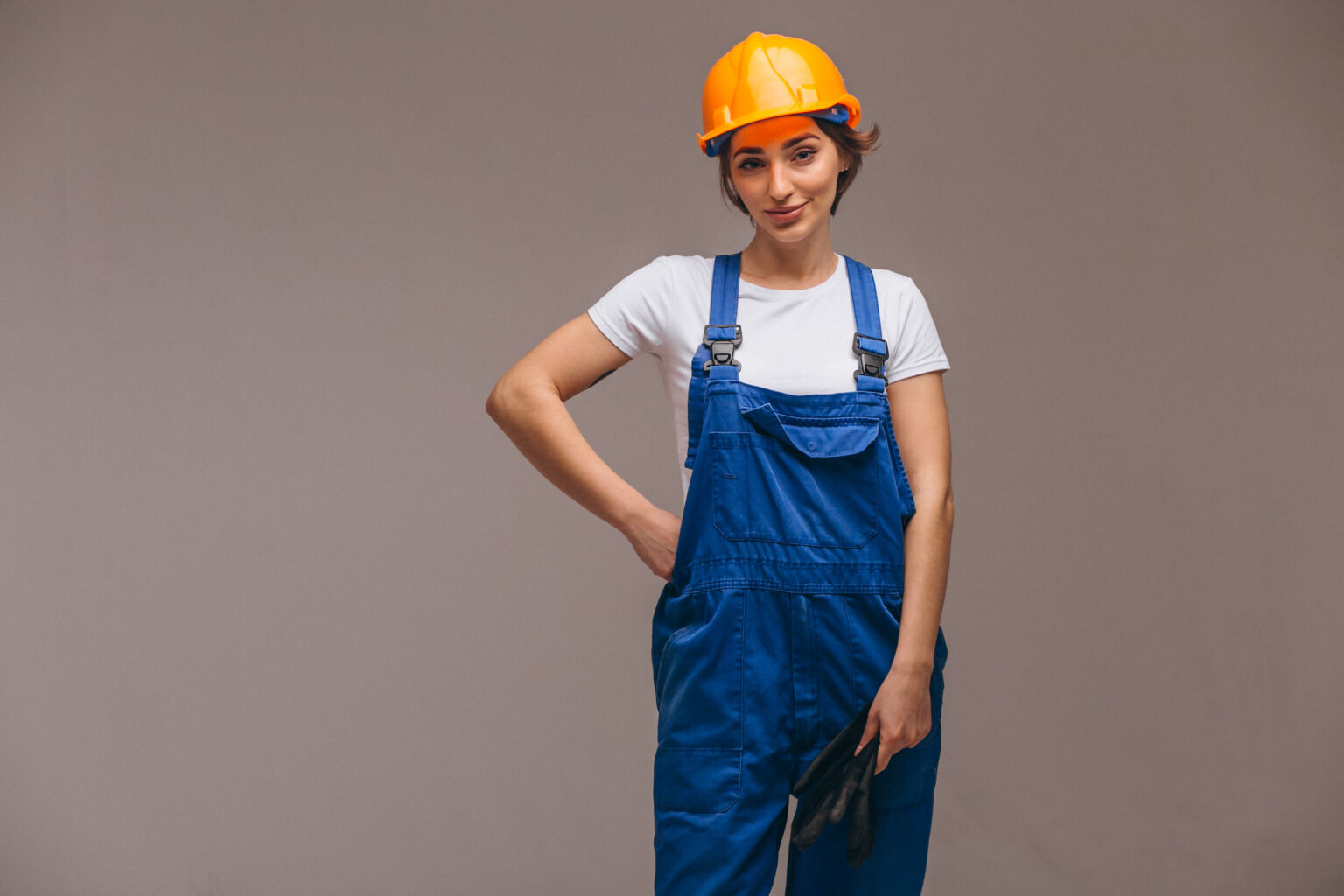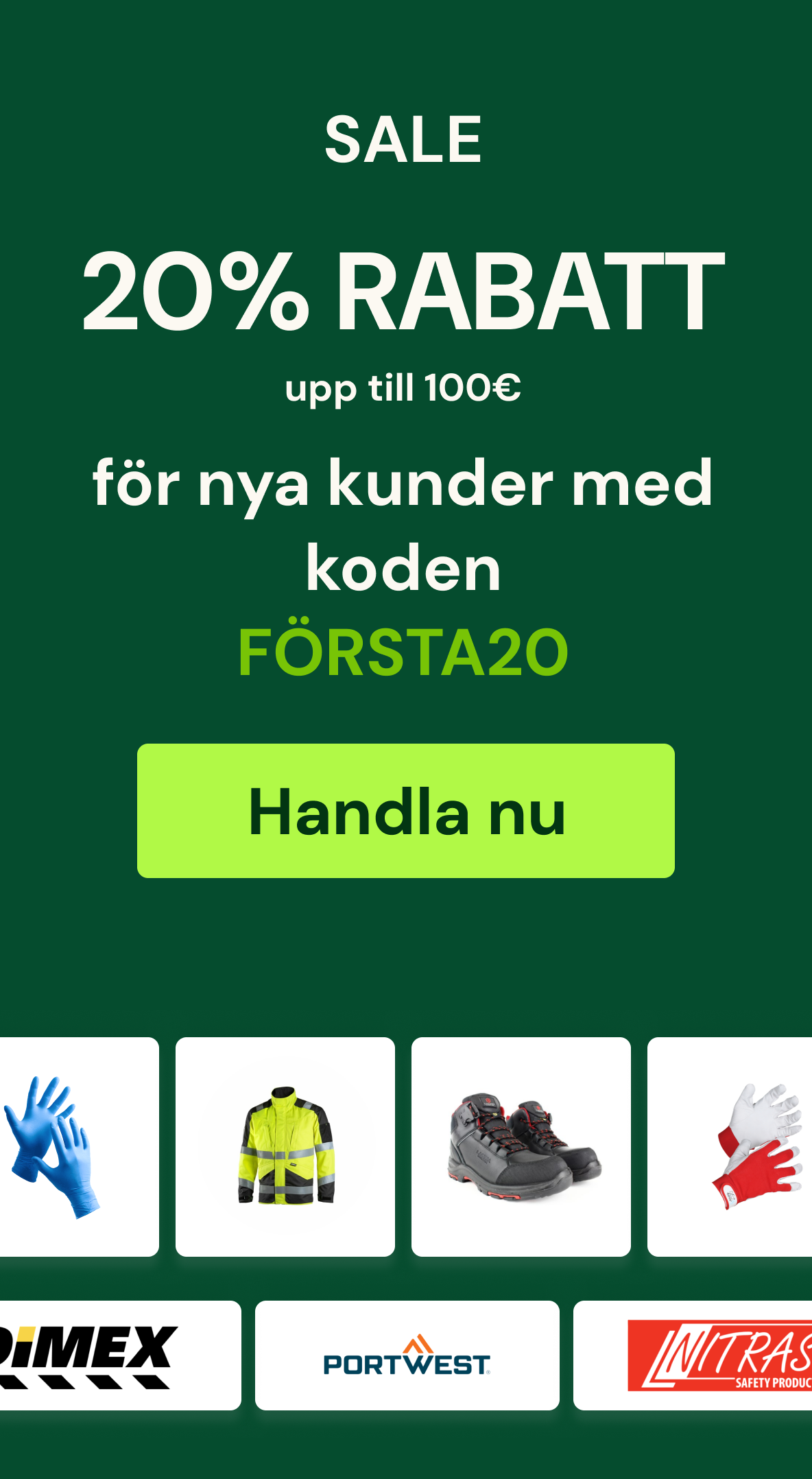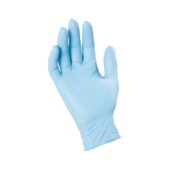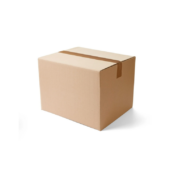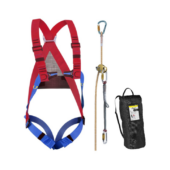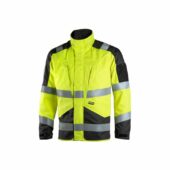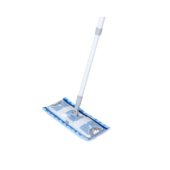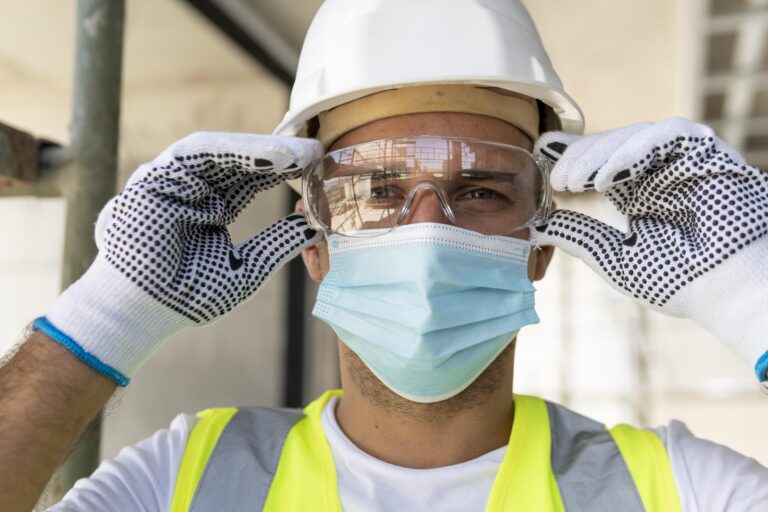När det gäller att garantera säkerheten på arbetsplatsen spelar valet av rätt skyddskläder en avgörande roll. Overaller är en stapelvara i olika branscher i hela Europa och ger arbetstagarna ett viktigt skydd mot faror. Men eftersom det finns många olika typer, material och standarder är det viktigt att göra ett välgrundat val för att skydda medarbetarna och uppfylla europeiska arbetsnormer.
Den här guiden ger en djupgående översikt över hur man väljer de bästa overallerna för säkerhet på arbetsplatsen och tar upp de viktigaste egenskaperna, materialen, certifieringarna och underhållsmetoderna som man bör titta efter.
Förstå overaller och deras roll för säkerheten på arbetsplatsen
Overaller skyddar arbetstagarna mot smuts, kemikalier, hårda temperaturer och mycket annat. Rätt overall kan minska antalet skador och göra arbetsplatsen säkrare genom att uppfylla EU:s normer. Haklapp och bygel, overall och panndräkt är bäst för vissa aktiviteter.
Viktiga faktorer att ta hänsyn till vid val av overall för arbetsplatsen
För att välja de bästa overallerna måste du tänka på några viktiga saker. Så här fungerar det:
1. Arbetsmiljö och typ av risk
- Faror för kroppen: Kraftiga, slitstarka overaller skyddar arbetare inom bygg, transport och tillverkning från vassa föremål och tunga maskiner.
- Kemiska faror: Kemikaliebeständiga overaller av PVC eller Tyvek® är mycket viktiga för att skydda arbetstagare på platser där kemikalier förekommer.
- Termiska faror: Overaller som är resistenta mot värme eller eld behövs på platser där temperaturen är hög, t.ex. gjuterier och svetsverkstäder.
Genom att titta på arbetsområdet och typen av fara kan du hitta det material och den typ av overall som passar bäst för dina behov.
2. Material- och tygval
- För allmänna arbeten är bomull bra eftersom det är lätt och luftigt, men det kanske inte är tillräckligt starkt mot vissa faror.
- Vanliga polyester-bomullsblandningar är slitstarka och bekväma. Vanligtvis förstärkt med flamskyddande egenskaper för att göra den säkrare.
- Aramidfibrer: Att bära flamskyddade kläder, som Nomex®, kan hålla dig säker på heta platser.
- Syntetiska material som polypropylen och polyeten används ofta för att tillverka engångsoveraller, särskilt på kemiskt farliga platser.
Olika material har olika för- och nackdelar, så det är viktigt att välja rätt tyg för jobbet.
3. Att bli certifierad och följa europeiska regler
Skyddsoveraller för arbetsplatsen måste uppfylla vissa europeiska standarder. Detta är vad du bör leta efter certifikat på:
- EN 343: Skydd mot regn och annat vått väder, perfekt för verksamheter som är utomhus.
- EN 1149: Elektrostatiska egenskaper, som är mycket viktiga på platser som elektroniktillverkning där det är viktigt att minska statisk elektricitet.
- Skydda dig mot bränder med EN 14116, som är bra för svetsning och andra arbeten med hög värme.
- Kemikaliesäkerhet enligt EN 14605 krävs för arbeten där farliga kemikalier eller ämnen ingår.
Företag visar att de följer reglerna och bryr sig om arbetstagarnas säkerhet genom att välja overaller som uppfyller dessa standarder.
4. Storlek, passform och komfort
En välsittande overall ger komfort och rörlighet, vilket är avgörande för produktivitet och säkerhet. Overallerna får inte begränsa rörligheten, eftersom det kan leda till arbetsplatsolyckor eller obehag. Många märken erbjuder overaller i flera olika storlekar och med justerbar passform för att passa olika kroppstyper.
Viktiga faktorer att ta hänsyn till vid dimensionering är bl.a:
- Utrymme för lager på lager: Arbetstagarna kan behöva ha lager på lager under overallen, särskilt i kallare klimat.
- Justerbarhet: Funktioner som elastiska midjeband och justerbara remmar kan ge en mer skräddarsydd passform.
- Rörelseomfång: Se till att konstruktionen medger böjning, sträckning och andra rörelser som är specifika för jobbet.
5. Extra funktioner som gör den säkrare och mer användbar
De är mer användbara och skyddar dig bättre när de har vissa funktioner. Här är några exempel:
- Knän och armbågar som är förstärkta: Detta är bra för jobb som kräver att du ofta står på knä eller kryper.
- Reflekterande remsor gör det lättare att se i svagt ljus, vilket är mycket viktigt för arbete vid vägkanten eller på natten.
- Fickor och verktygsöglor: Dessa funktioner gör det enklare och snabbare för medarbetarna att bära med sig de verktyg och den utrustning de behöver.
Dessa extrafunktioner gör produkten mer användbar, särskilt i tuffa miljöer där extra säkerhet eller funktioner behövs.
Jämförelse av olika typer av overaller
De finns i en mängd olika utföranden som alla tillgodoser specifika branschbehov:
1. Overaller för engångsbruk
- Engångsoverallerna är tillverkade av lättviktsmaterial som polypropylen och ger skydd i farliga miljöer, t.ex. vid medicinsk och kemisk hantering.
- De är kostnadseffektiva för engångsbruk men saknar hållbarhet för daglig användning.
2. Flamsäkra överdragskläder
- De brandsäkra material som används för att tillverka dessa overaller gör dem perfekta för verksamheter med brandrisk. De ger viktig säkerhet för svetsare, elektriker och ugnsarbetare.
3. Vattentäta overaller
- Vattentäta overaller är nödvändiga för utomhusarbete i våta miljöer och har material som avvisar vatten och håller bäraren torr.
4. Overaller med hög synlighet
- En flashig overall med reflexer är perfekt för förhållanden med svagt ljus. De används av väg-, bygg- och flygplatspersonal.
- Varje typ ger ett skräddarsytt skydd och bör väljas beroende på kraven på arbetsplatsen.
Underhållstips för att förlänga livslängden på arbetsoveraller
Ett korrekt allmänt underhåll garanterar ett långsiktigt skydd. Riktlinjer för allmänt underhåll:
- Regelbunden tvätt: Följ tillverkarens anvisningar för att bibehålla de brand- och kemikaliebeständiga egenskaperna.
- Kontrollera om det finns revor, slitage och skador före varje användning, särskilt i riskområden.
- Förvaring: Förvaras torrt, svalt och skyddat från direkt solljus för att förhindra att tyget försämras.
- Säkerhet på arbetsplatsen kräver frekvent underhåll och utbyte.
Välja pålitliga varumärken och leverantörer
Många pålitliga namn och säljare i Europa säljer overaller av hög kvalitet som uppfyller strikta säkerhetsstandarder. Välj med omsorg namn som är kända för sin kvalitetsmedvetenhet och respekt för europeiska säkerhetsstandarder. Att köpa från välrenommerade säljare garanterar att overallerna är lagliga och pålitliga.
Rekommenderade varumärken och leverantörer:
- Portwest: Kända för ett brett sortiment av högkvalitativa overaller som uppfyller olika säkerhetsstandarder.
- 3M: Erbjuder specialiserade overaller för skydd mot specifika faror, t.ex. kemikalier och brand.
- Uvex: Levererar slitstarka arbetskläder med funktioner för ökad komfort och funktionalitet.
Att välja varumärken som är väl granskade och rekommenderade av branschfolk kan bidra till säkrare och mer kompatibla arbetsplatser.
Vanliga frågor och svar
1. Hur kan jag avgöra om overallen är tillräckligt säker för att användas i Europa?
Se om det finns märkningar som EN 343, EN 1149 och EN 14116 på klistermärket eller etikettbladet. Det är på grund av dessa regler som overallerna kontrolleras och säkerställs så att de uppfyller EU:s säkerhetsstandarder.
2. Hur ofta ska man skaffa en ny overall?
Om dina overaller börjar bli slitna eller skadade bör du skaffa nya. Detta är särskilt viktigt om du arbetar med farliga material. Regelbundna inspektioner hjälper dig att ta reda på när delar behöver bytas ut.
3. Kan en flamskyddad overall tvättas i tvättmaskin?
Ja, men se till att noggrant följa tillverkarens skötselråd. Med tiden kan dålig tvätt göra den mindre motståndskraftig mot flammor.
4. Vad är skillnaden mellan en kemikaliebeständig och en brandbeständig overall?
Kemikaliebeständiga overaller skyddar dig mot spill och stänk av kemikalier och brandbeständiga overaller skyddar dig mot höga värmekällor. Materialen som används för att tillverka dem är olika och bäst för olika typer av faror.
5. Kan varseloveraller bäras på alla arbetsplatser?
Overaller med mycket reflekterande material är bra för platser med svagt ljus eller mycket trafik. Men de kanske inte erbjuder extra säkerhet mot gifter eller värme.
Slutliga tankar om att välja de bästa overallerna
En viktig sak som måste göras för att arbetsplatsen ska vara säker är att köpa bra overaller som uppfyller säkerhetsstandarderna. Genom att titta på saker som material, storlek, extrafunktioner och licensiering kan företag fatta smarta beslut som sätter arbetstagarnas säkerhet och efterlevnaden av europeiska säkerhetsregler i första rummet.

